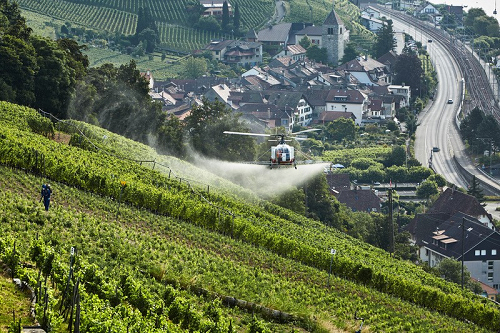EU report on pesticide residues ignores toxic cocktail effect, Greenpeace
An EU report on pesticide residues in food released on April 12th again fails to assess the combined effects of pesticides in the human body, warned Greenpeace.
The 2017 edition of the annual report by the European Food Safety Authority, reports on almost 85,000 samples analysed for an average 220 pesticides per sample. Residues of multiple pesticides were found in all food categories tested and 28 per cent of samples overall.

In unprocessed foods, the highest occurrence of multiple pesticide residues was found in hops, several soft fruits (including gooseberries, currants, limes, rocket, table grapes, grapefruits, strawberries, mandarins, and blackberries) and lamb’s lettuce. For processed food, the highest occurrence was found in samples of mushrooms, processed grapes (e.g. raisins), peppers (e.g. paprika powder), wine grapes, vine leaves, processed apricots and potatoes (e.g. chips).
Dr. Paul Johnston, head of the Greenpeace Science Unit, said: "In its latest report, EFSA has an overly up-beat interpretation of the data. The fact that so many samples contain more than one pesticide is a cause for concern and an indication that current regulation – based on the control of single pesticides – does not adequately protect people. We are all exposed to a cocktail of pesticides, rather than to single substances, and the toxicology of mixtures remains poorly understood.”
Source: Greenpeace European Unit
- 321 reads
Human Rights
Fostering a More Humane World: The 28th Eurasian Economic Summi

Conscience, Hope, and Action: Keys to Global Peace and Sustainability

Ringing FOWPAL’s Peace Bell for the World:Nobel Peace Prize Laureates’ Visions and Actions

Protecting the World’s Cultural Diversity for a Sustainable Future

Puppet Show I International Friendship Day 2020

